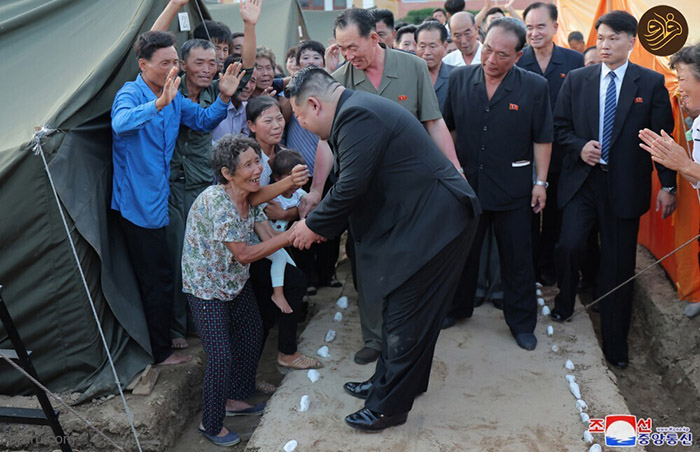The Scale of the Damage
According to reports from the Korean Central News Agency (KCNA), the floods have left over 4,000 houses flooded and more than 7,400 acres of farmland underwater. This has raised significant concerns about food security, as North Korea already faces chronic food shortages. The floods have also damaged critical infrastructure, including roads, railways, and public buildings, further complicating recovery efforts.
North Korea’s Response: Silence on Casualties
Despite the severity of the disaster, the North Korean government has been notably silent on the number of casualties. This lack of transparency has led to speculation that the true scale of the disaster is much worse than officially acknowledged. Some South Korean media outlets and international observers have suggested that the death toll could be in the hundreds or even higher, but these claims have not been confirmed by North Korean authorities.
Kim Jong Un’s Visit to Uiju
In response to the disaster, Kim Jong Un made a highly publicized visit to the flood-affected areas, particularly Uiju. During this visit, which was widely covered by state media, Kim was seen interacting with displaced residents, inspecting the damage, and criticizing local officials for their failure to implement adequate disaster prevention measures.

